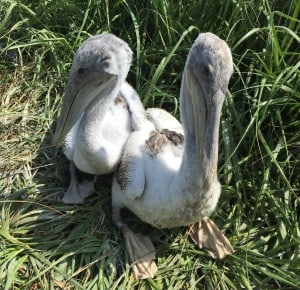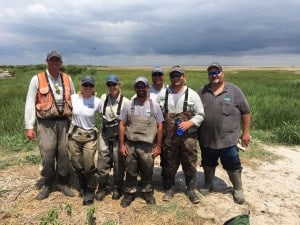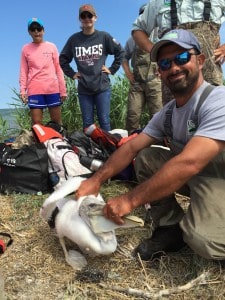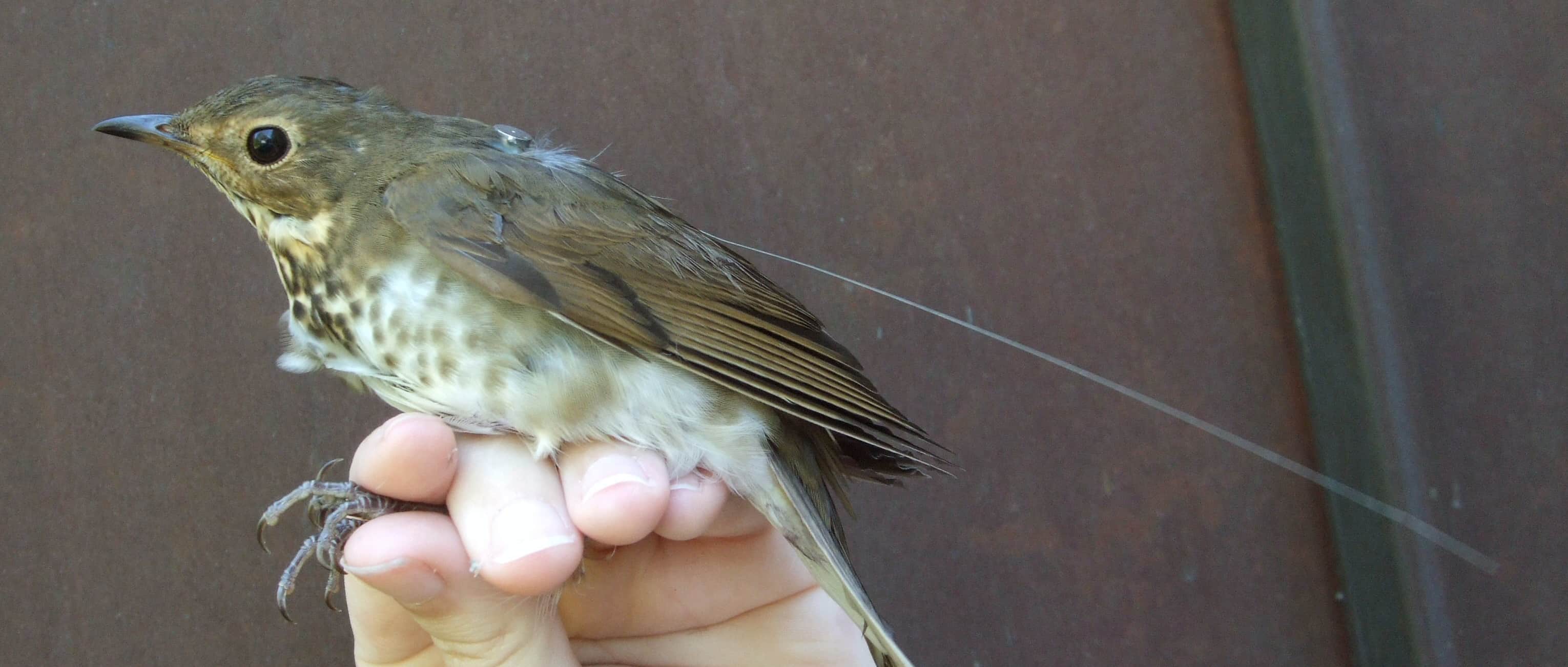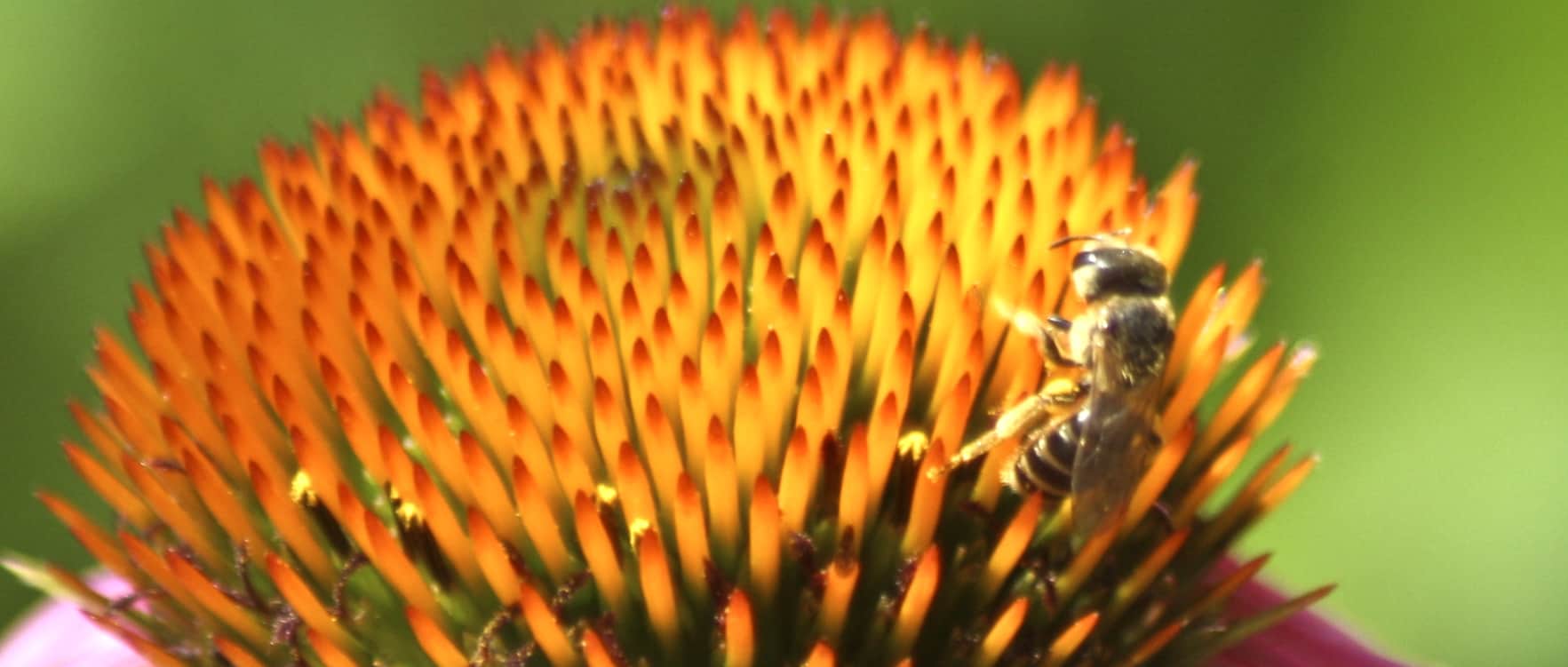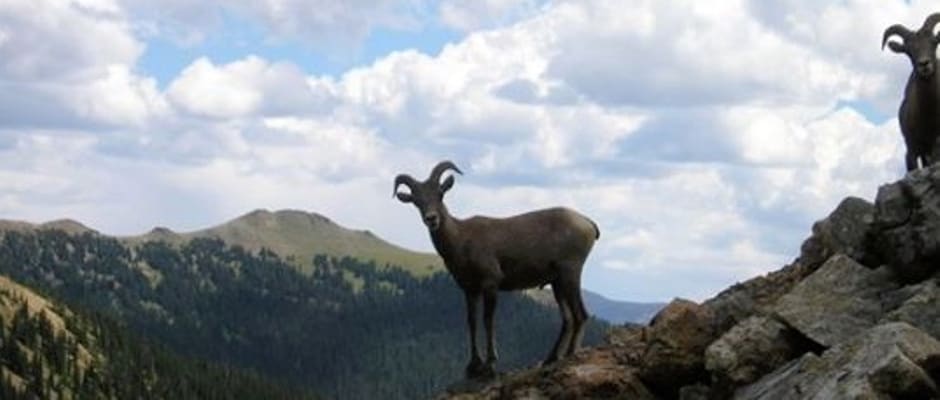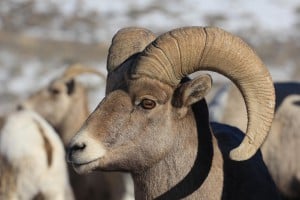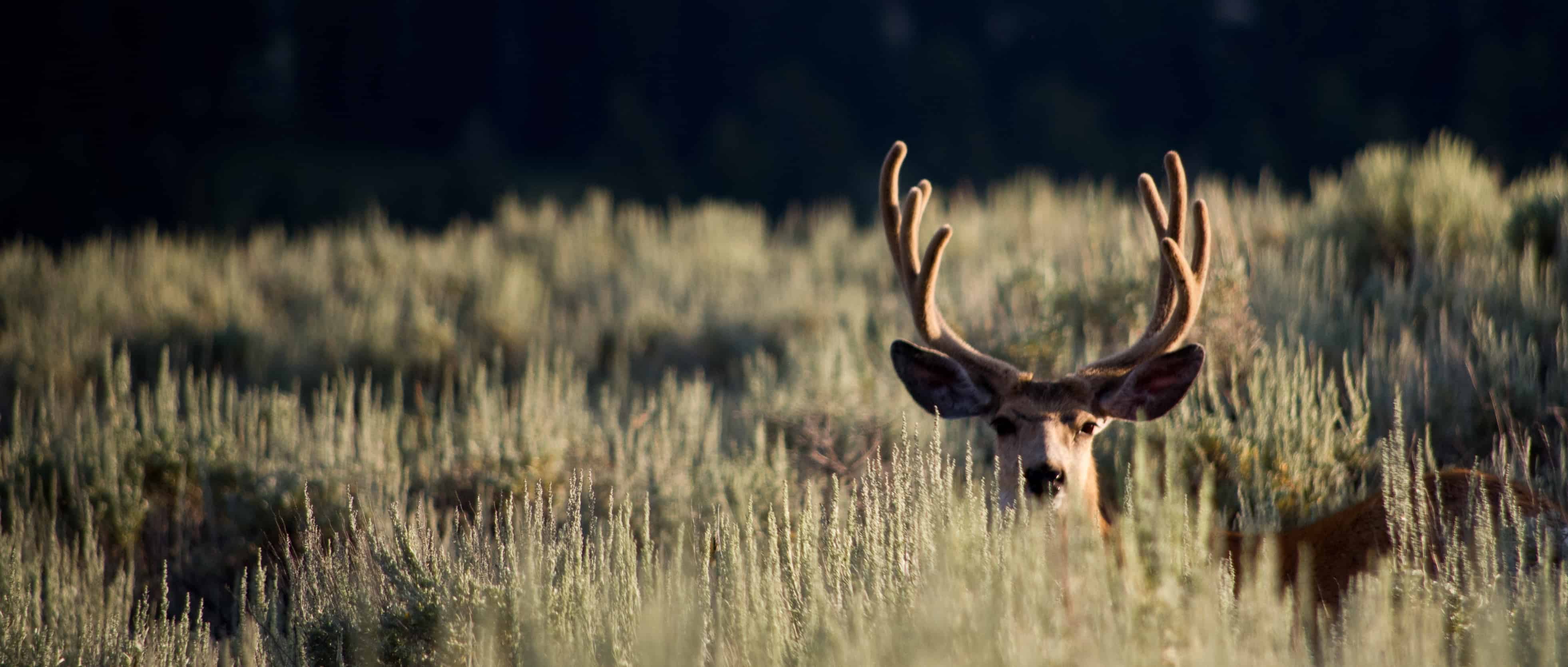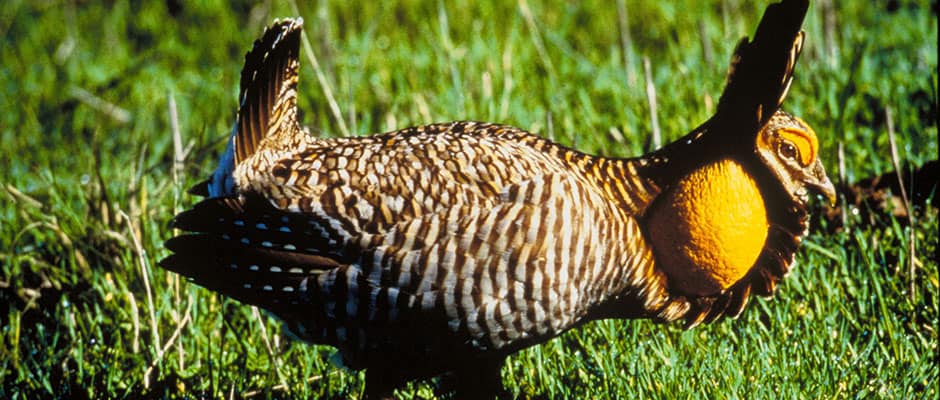
Following last year’s TWS Annual Conference in Pittsburgh, more than 88% of our surveyed attendees reported that the slate of networking opportunities at the conference increased or strengthened their network of contacts. And based on early registration numbers and the wide range of organizations that will be represented at this year’s Annual Conference, you won’t want to miss out on this amazing networking opportunity!
Even though the conference is still two months away from kicking off, check out the impressive list of more than 200 organizations that have already pre-registered attendees for the conference:
Abbey Grasslands of the Prairie Coteau
Advanced Telemetry Systems
Alberta-Pacific Forest Industries, Inc.
Alpha Mach
Amec Foster Wheeler
American Fisheries Society
American Public University
Antioch University
Arizona Game & Fish Department
Assiniboine Park Zoo
Association Book Exhibit
Association of Fish & Wildlife Agencies
Association of Zoos & Aquariums
Auburn University
Baylor University
Bay Mills Indian Community
Bemidji State University
Boise State University
Borderlands Research Institute
British Columbia Fish and Wildlife Branch
Brookhaven National Lab
Bureau of Land Management
Caesar Kleberg Wildlife Research Institute
Cafferata Consulting
Canadian Nuclear Laboratories
Canadian Wildlife Federation
Cardno
City of Winnipeg
Clemson University
Cleveland Metroparks
CLS America, Inc.
Colorado Parks and Wildlife
Colorado State University
Conservation Force
Cornell University
Council to Advance Hunting & the Shooting Sports
Creston Valley Wildlife Management Area
Defenders of Wildlife
Department of National Defence, Canada
DeTect, Inc.
Ducks Unlimited, Inc.
Ducks Unlimited, Canada
Eastern Kentucky University
Eastern Michigan University
Electronics Products Recycling Association Manitoba
Enbridge Pipelines, Inc.
Environment Canada
Flights of Fibre
Forest Preserve District of DuPage County
FortWhyte Alive
Freeport
Great Lakes Indian Fish and Wildlife Commission
Grand Valley State University
Green Action Centre
Green Manitoba
H.T. Harvey & Associates
Habitat Conservation Trust Foundation
Hancock Forest Management
Haywood Community College
HCO Outdoors
Holohil Systems Ltd
Humboldt State University
Idaho Fish and Game
Iowa State University
Institute of Renewable Natural Resources, Texas A&M University
International Boreal Conservation Campaign
International Student-Led Arctic Monitoring and Research (ISAMR)
Johns Hopkins University Press
Jones Research Center
Joro Consultants
Kansas State University
Kodiak Products
Lakehead University
Land & Sea Systems Analysis
Lewis-Clark State College
Lincoln Park Zoo
Lotek Wireless
Louisiana State University
Manitoba Conservation and Water Stewardship
Manitoba Eco-Network
Manitoba Habitat Heritage Corporation
Manitoba Hydro
Manitoba Lodge & Outfitters Association
Manitoba Wildlife and Fisheries Branch
Marvo Entertainment Group/Ding Darling Exhibit
Matrix Solutions, Inc.
Memorial University of Newfoundland
Michigan Department of Natural Resources
Michigan State University
Michigan Technological University
Minnesota Cooperative Fish and Wildlife Research Unit
Minnesota Department of Natural Resources
Mississippi State University
Montana Cooperative Wildlife Research Unit
Montana Fish, Wildlife & Parks
National Council for Air and Stream Improvement
National Wildlife Federation
National Wild Turkey Federation
Nature Conservancy of Canada
NCASI
Nevada Department of Wildlife
New Mexico State University
New York Cooperative Fish and Wildlife Research Unit, Cornell University
NextEra Energy
Normandeau Associates
North Carolina State University
North Dakota Game & Fish Department
North Dakota State University
North Star Science & Technology
Northern Arizona State University
Northland Products, Inc.
Norway House Cree Nation
Norwegian University of Science and Technology (NTNU)
Nunavut Department of Environment
Ohio State University
Oklahoma State University
Ontario Ministry of Natural Resources and Forestry
Oregon Department of Fish and Wildlife
Osmia Lab: Modern Art
Otterbein University and Ohio Wildlife Center
Oxford University Press
Pennsylvania Game Commission
Parks Canada
Partners for Conservation
Paul Smith’s College
Penn State University
PennVet
Perdix Wildlife Supplies
Pew Charitable Trusts
Pneu-Dart, Inc.
Port Blakely
Puget Sound Energy
Purdue University
Reconyx
Saginaw Chippewa Indian Tribe
San Diego State University
San Diego Zoo Global
Saskatchewan Ministry of Environment
Seattle Pacific University
Shifting Mosaics Consulting
SLS Ventures
Smithsonian’s National Zoo
Solstice Canada Corporation
South Dakota State University
Southern Illinois University
State University of New York, RWLS
Sustainable Forestry Initiative
Swiss National Park
Take Pride Winnipeg!
Telonics, Inc.
Tennessee Technological University
Texas A&M University
Texas Parks & Wildlife Department
Texas State University
Texas Tech University
The Evergreen State College
The Humane Society of the United States
The Nature Conservancy
The Samuel Roberts Noble Foundation
Thompson Spirit Way/Thompson Wolf Capital of the World
Through Glass Images
Tomahawk Live Trap
Tourism Winnipeg
Travel Manitoba
Travel Raleigh
Trent University
UCLA
Universidade Estadual Paulista (Sao Paulo State University)
Université Laval
University of Alberta
University of Arizona
University of British Columbia
University of California
University of Connecticut
University of Delaware
University of Florida
University of Georgia
University of Goettingen
University of Idaho
University of Kentucky
University of Manitoba
University of Michigan
University of Minnesota
University of Missouri
University of Montana
University of Nebraska
University of North Carolina
University of North Dakota
University of Northern British Columbia
University of Regina
University of Saskatchewan
University of St. Andrews
University of Tennessee
University of Toronto
University of Washington
University of Windsor
University of Winnipeg
University of Wisconsin
University of Wyoming
Urban Wildlife Institute
USDA/APHIS Wildlife Services
U.S. Department of the Interior
U.S. Fish and Wildlife Service
U.S. Forest Service
U.S. Geological Survey (USGS)
U.S. Department of the Interior
U.S. National Park Service
Utah State University
Vectronic Aerospace Gmbh
Velocity Jewelry
Verbal Victories
Virginia Commonwealth University
Virginia Tech
Washington Department of Fish & Wildlife
Welder Wildlife Foundation
Wesleyan University
Wes Olson & JoHane Janelle
WEST, Inc.
Western Kentucky University
Westfield State University
West Fraser Mills Ltd.
West Virginia University
Weyerhaeuser Company
Wiley Publishing
Wisconsin Department of Natural Resources
Wildlife Disease Association
Wildlife Materials, Inc.
Wildlife Resource Consulting Services
Wild Nature Institute
Wildnote
Wiley Publishing
World Wildlife Fund
Wyoming Coop Fish & Wildlife Research Unit
Wyoming Game & Fish Department
With more than 30 networking events at our conference, you’ll have lots of opportunities to enhance your professional network while you’re in Winnipeg. So invest in your future and register today. Learn more at our conference website!




